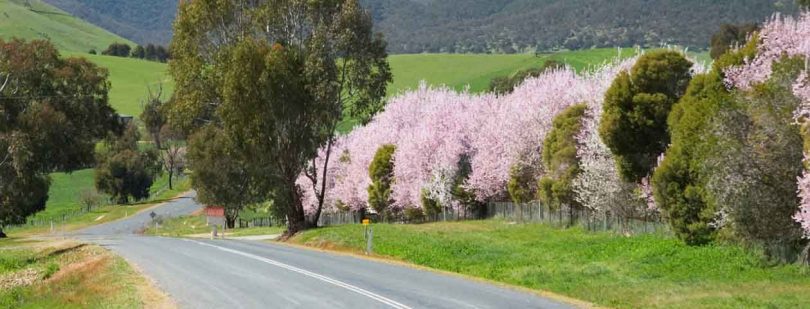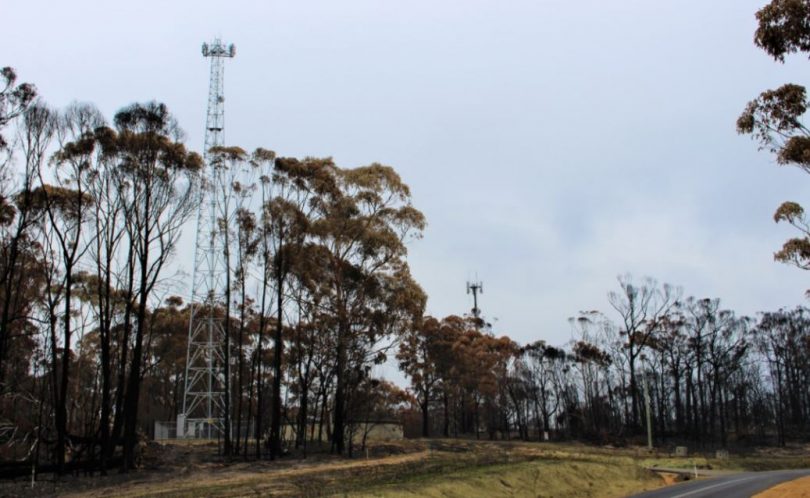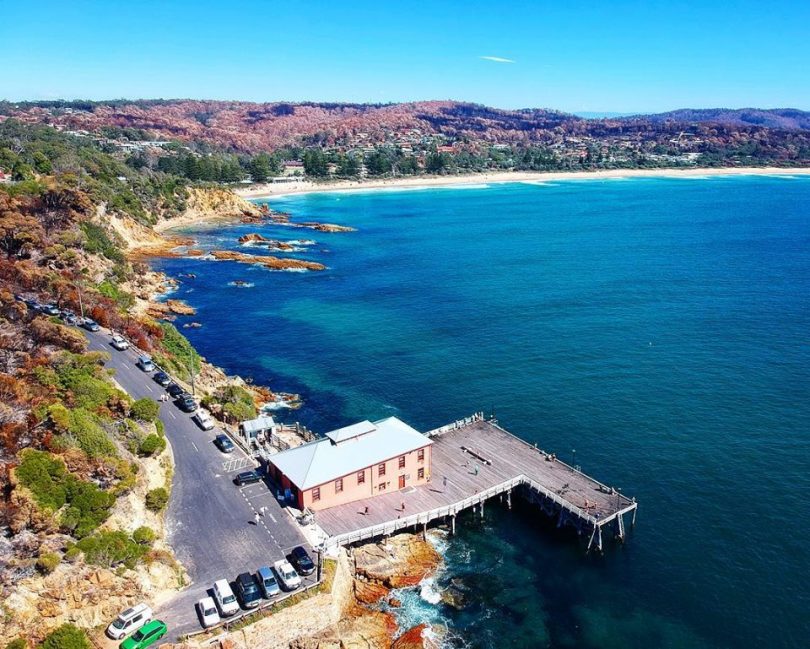
Bombala mobile phone reception is about to improve. Photo: Snowy Mountains Tourism.
New Federal funding promises to fill in a number of Mobile Black Spots in South East NSW.
One hundred and six (106) priority locations across Australia have been singled out for improved mobile phone coverage through Optus, Telstra, and Vodafone. One hundred and two (102) new base stations will be built, including five local sites:
Bombala – Will receive a new Telstra macro base station which will provide new Telstra coverage to areas between Bibbenluke and Cathcart, and sections of the Monaro Highway to Ando.
Delegate – A Telstra macro base station through this round of funding. The base station will provide improved Telstra coverage to Delegate and along Delegate Road.
Tumut – A new Telstra 4G small cell base station, which is expected to address identified coverage issues. Optus has also recognised coverage issues at Tumut and has advised it will be deploying a new macro base station in the town.
Carwoola – Funding for a Telstra macro base station which will provide improved Telstra coverage to Carwoola and surrounding areas, including along Widgiewa Road.
Tathra – Telstra has committed to deploying a new 4G small cell base station, while Optus has also recognised coverage issues at Tathra, and will be deploying a new macro base station for the village.
Minister for Regional Communications, Senator Bridget McKenzie, and NSW Senator Jim Molan announced the funding as part of the Government’s $220 million Mobile Black Spot Program.
Senator Molan says the new coverage will open new doors for local businesses and the community, enabling people to access the same mobile services as those in major cities.
“Better coverage also helps residents and emergency services during bushfires or at the scene of road accidents,” Senator Molan says.
The region’s Telstra boss, Chris Taylor says the macro base stations flagged for Bombala, Delegate, and Carwoola are the traditional tall monopole installations people will be familiar with in other locations.
“These full-blown bases stations can carry huge amounts of capacity over long distances,” Mr Taylor says.

Tathra’s burnt out NBN and Telstra infrastructure on Thompson Drive is operational again. Photo: Ian Campbell.
When it comes to the improvements announced for Tathra, the town’s recent bushfire experience has informed a two-stage upgrade about to take place.
Leading up to, during, and following the bushfire emergency of March 18, residents complained about not being able to access emergency warnings and information; Tathra’s history of patchy mobile reception seen as central to the issue.
Mr Taylor believes the solutions now proposed for Tathra draw a line in the sand.
“We’ve developed small cell radio technology that will now be deployed at the Tathra exchange, which will improve coverage at the Southern end of Tathra,” the Telstra boss says.
Mr Taylor anticipates that work will be completed before the end of April, and will be fully funded by Telstra.
On top of that is the Mobile Black Spot Funding announced by Senators McKenzie and Molan this week.
“With this, we are proposing to locate a 4G small cell base station down in the core of Tathra village around the beachfront somewhere,” Mr Taylor says.
“That’s aimed to get to those areas back towards the shadow of the escapement, missed by the tower up above on Thompson Drive.”
That second part of the upgrade will happen before June 2019 and will require a suitable site to be found.

Tathra is in recovery mode following the March 18 bushfires. Photo: Andrew Buesnel Instagram.
Further to those announcements, a temporary Cell On Wheels (COW) unit brought in after the fires to improve reception and meet higher demand will stay in place at the Tathra phone exchange for the time being with locals reporting improved coverage.
After initially deciding to remove the COW unit this week, Mr Taylor advises that Telstra will now leave it in place until the first phase of the upgrades is completed in the next two to three weeks.
It’s understood representations to Communications Minister Mitch Fifield by Bega Valley Mayor, Kristy McBain, Member for Bega, Andrew Constance, Senator Jim Molan, and the community helped drive the decision to keep the COWS unit in place.
Mr Talyor says it makes sense while the recovery process is ongoing.












